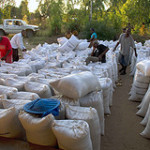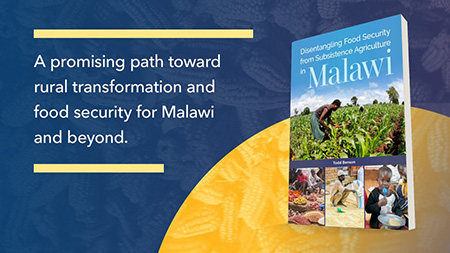This study considers the extent to which smallholder farmers, including those who do not necessarily produce a surplus for the market, might benefit from participating in warehouse receipt systems (WRS) in terms of improved income and food security. We consider three potential channels: efficient food markets; reduced post-harvest losses; and access to credit. Firstly, we find that WRS, through its […]
Policy Note 20: Challenges to soya export promotion: An institutional analysis of trade policy in Malawi
This policy note summarizes the results of the full study on the challenges of broadening Malawi's export base from largely tobacco-dominated to include other high potential commodities like soya. This study hypothesizes that there are institutional barriers impeding consistent growth in soya exports and seek to identify the critical ones and undertakes an institutional analysis of the soya export […]
Working Paper 11: Challenges to soya export promotion: An institutional analysis of trade policy in Malawi
Malawi relies heavily on tobacco for export earnings. One strategy for promoting a more stable and vibrant economy is to diversify away from tobacco and broaden its export base to high potential commodities like soya. This study hypothesizes that there are institutional barriers impeding consistent growth in soya exports and seek to identify the critical […]
Working Paper 10: Analysis of the effectiveness of modern information and communication technologies on maize marketing efficiency in Malawi markets
In 2004, the government of Malawi introduced the Malawi Agriculture Commodity Exchange under the Initiative for Development and Equity in African Agriculture program, which promoted modern information and communication technologies (ICT) to improve access to agricultural market information for both suppliers and buyers of market produce. Using co-integration error correction models, this study assesses the […]
Working Paper 9: Maize yield response to nitrogen in Malawi’s smallholder production systems
This working paper reviews the research evidence on the factors known to be affecting the efficiency with which Malawian farmers use nitrogen fertilizer on maize. It is our position that such factors, along with non-random aspects of most trials, might explain the large gaps observed between researcher-managed plots and farmer-managed fields. In addition, the paper provides […]
- « Previous Page
- 1
- …
- 60
- 61
- 62
- 63
- 64
- …
- 68
- Next Page »

